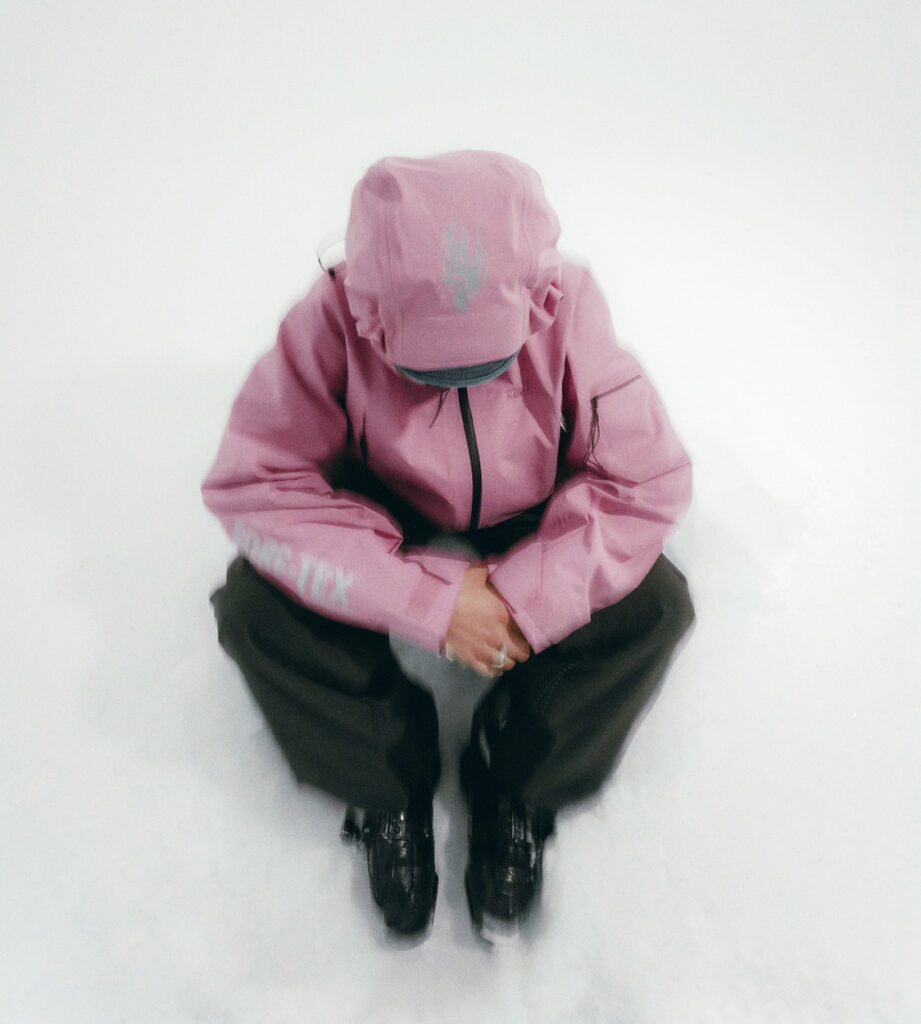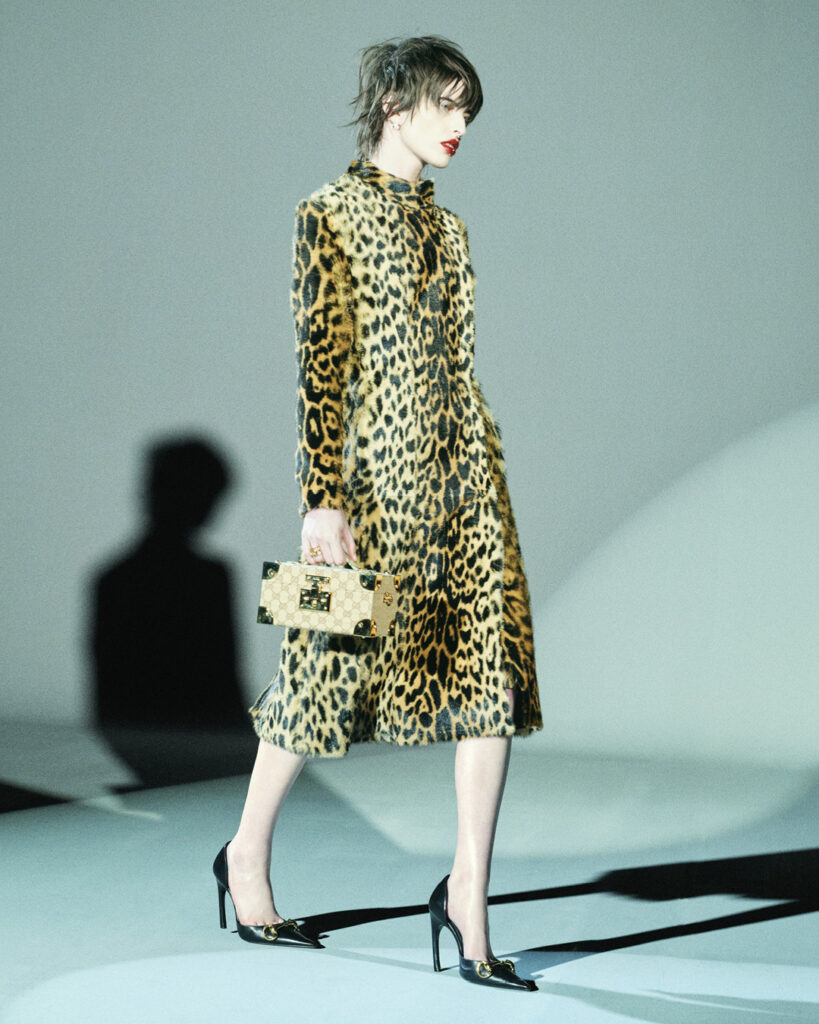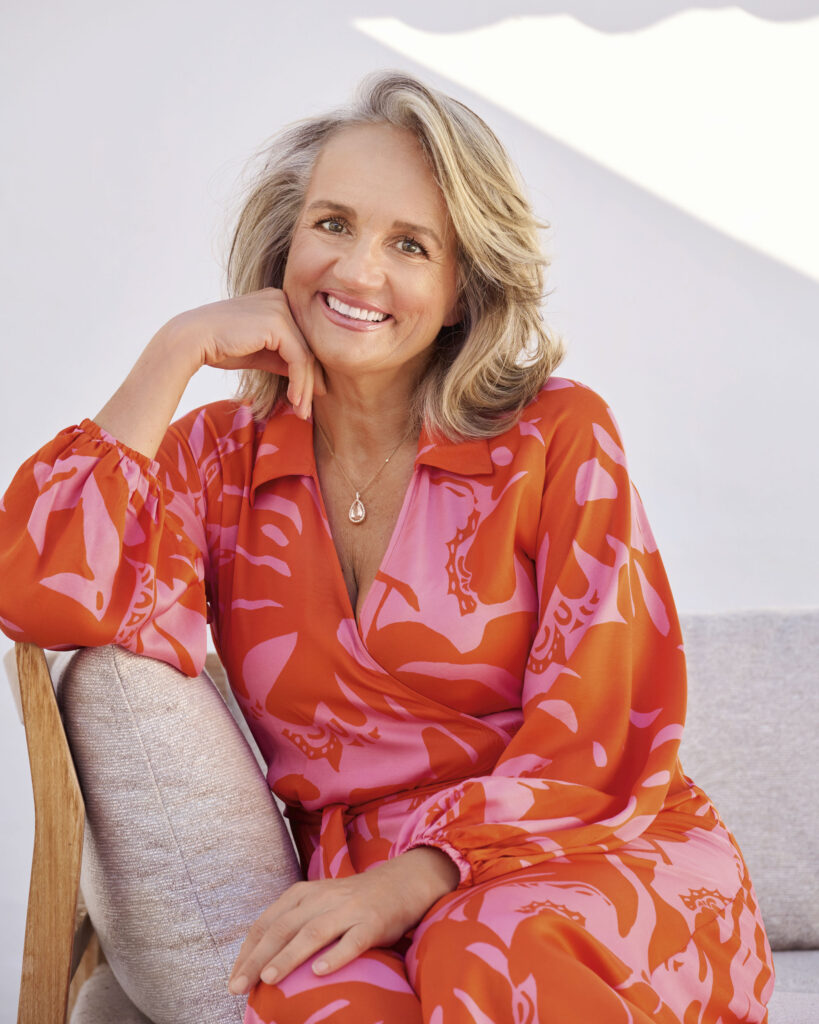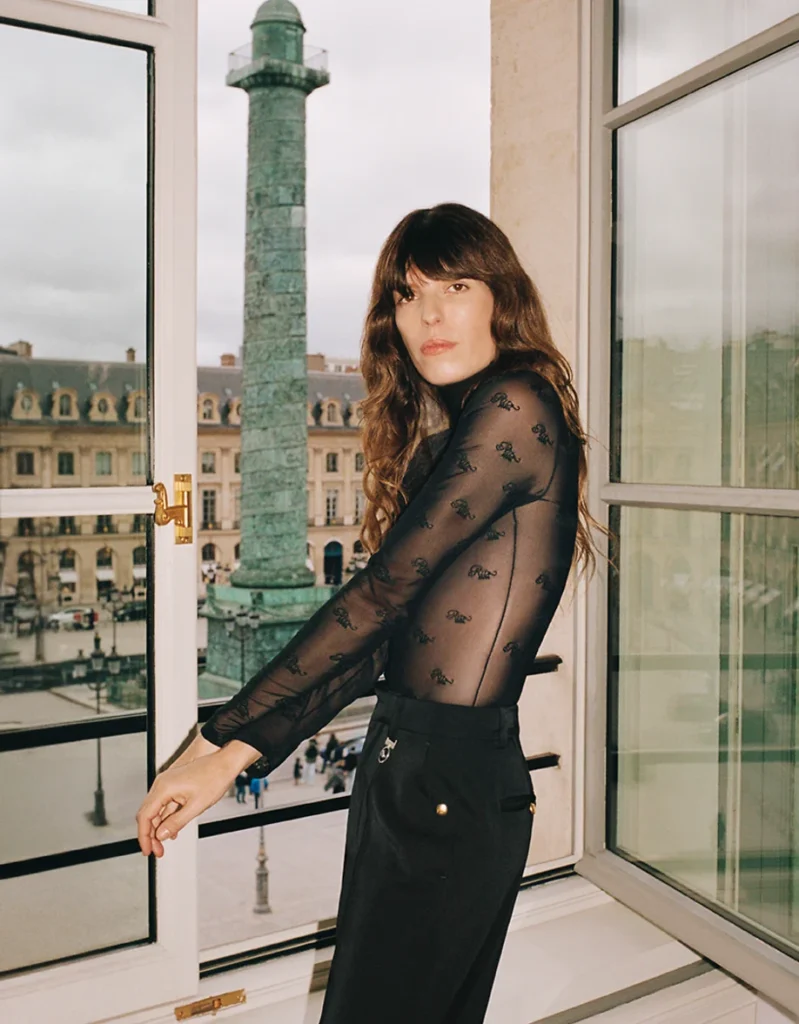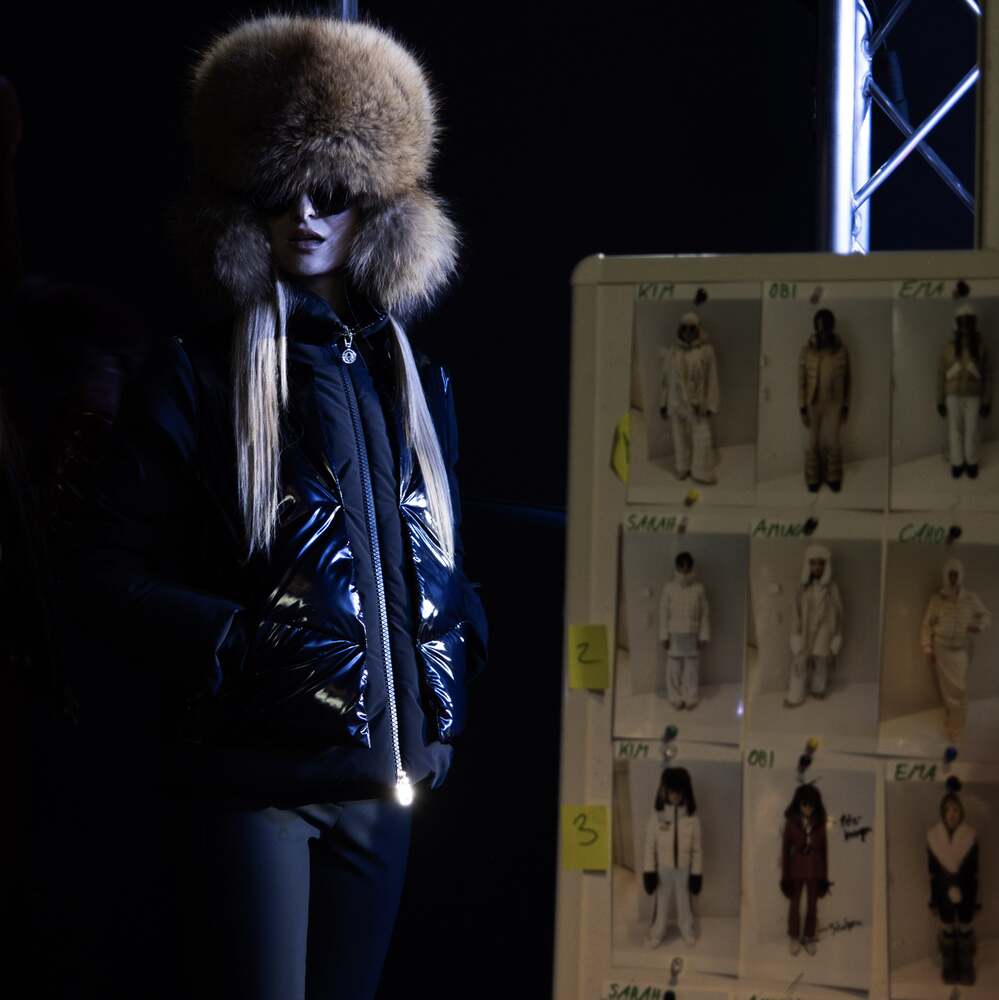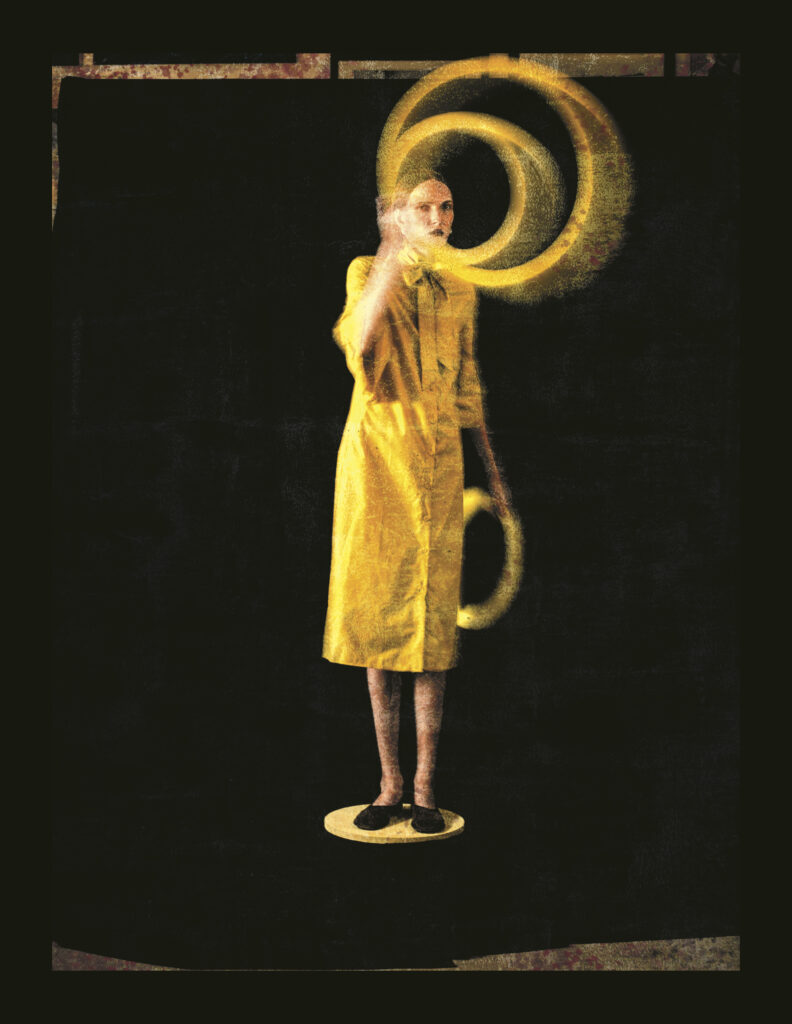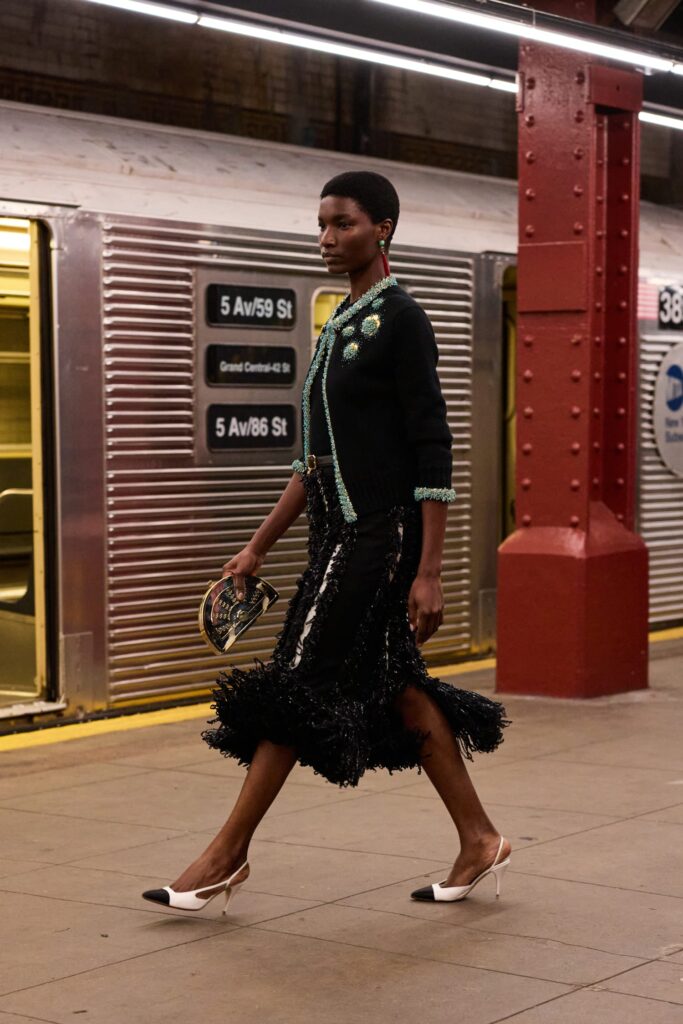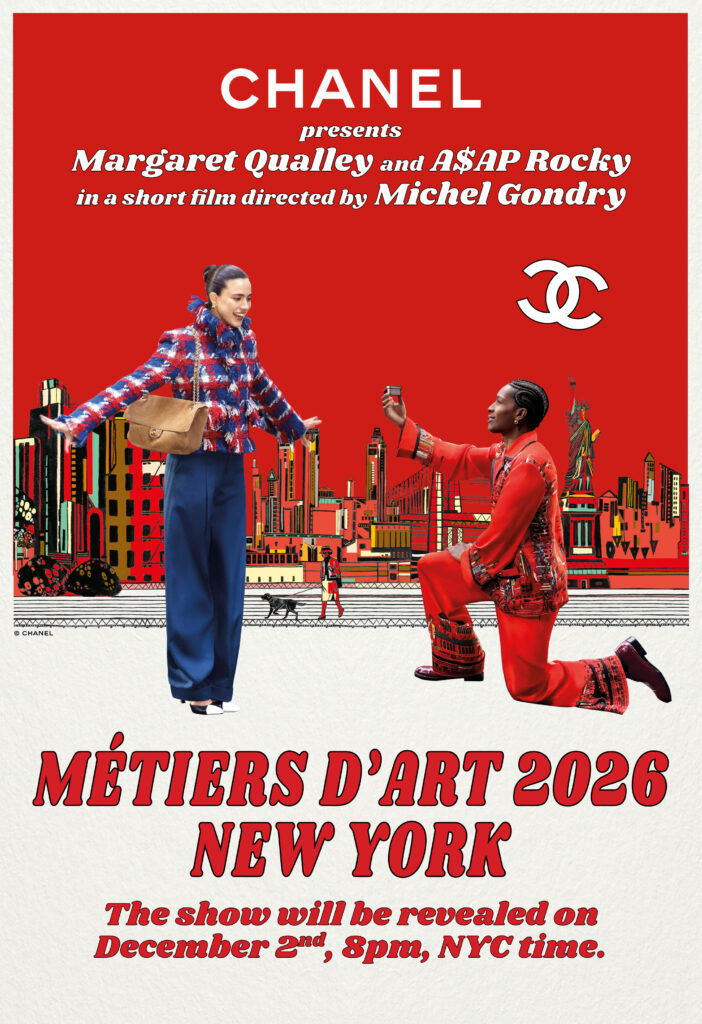Max Palm x Peak Performance: Where Freeride Meets Design
Max Palm x Peak Performance: Where Freeride Meets Design text Yasmine Mubarak images courtesy of Peak Performance Peak Performance presented a collaboration earlier this fall, with freerider Max Palm. The limited collection, blends technical performance with streetwear — built to move seamlessly from mountain to city. From the heart of the Alps to some of the world’s most iconic peaks, Max Palm continues to redefine what modern freeride can look and feel like. Now, he launches his first self-designed collection with Peak Performance — a range built around adventure, expression, and confidence. We caught up with Max during his preseason in Innsbruck to talk skiing, style, creativity, and what drives him to keep pushing the sport forward. For Max, designing his own collection was the natural next step — merging his needs as an athlete with his eye for style. How are you feeling at the moment?I’m feeling super good! Winter’s just around the corner, and I’m so excited. I’ve been training every day and I think this season’s gonna be a really good one. How did you first get into freeriding, and what does it mean to you?It came pretty naturally. My dad’s a mountain guide, my mom’s a ski instructor, and my uncle, Sverre Liliequist, is one of the Swedish freeride pioneers. I started with alpine racing, but I always wanted to explore more — and when I found freeriding, I found my passion. For someone wanting to explore more of the mountains, what’s your advice?Have as much fun as you can, but always stay safe. Bring a beacon, shovel, and probe, go with someone who knows mountain safety, and think twice before you drop in. What’s a must-have item for adventures?Hard question — but I’d say a camera, some candy, or my skis. You love filming and photography in the on as well as off-season — tell me more about that.Yeah, I love it. Filming and photography are a huge part of our sport. We get to move in such beautiful environments, and capturing that creatively really inspires me. I also skate a lot in summer — it’s the same vibe, just pure creativity. You’ve been active YouTube/socials — is that something you want to keep doing?Definitely. I love sharing longer pieces on YouTube — I think we need more of that in skiing again. Socials are great too; it’s cool to see everyone’s vision and get inspired. You’re an ambassador for Peak Performance — tell me about that partnershipI’ve been with Peak for over eight years now. It’s more than a brand — it’s like family. They always support me and my ideas, and I’m super grateful to be riding for them. How much does what you wear impact your skiing and competitions?A lot. Style is a big part of who I am. When I feel good in what I wear, I ski better. The gear, the look — it all affects my confidence and how I perform. As the new collection drops. How important are fabric and design when creating new designs?Super important. It’s all about the fit, function, and materials — like GORE-TEX for protection in any weather. The design and cut make a huge difference depending on what kind of riding or conditions you’re creating the gear for. High-quality gear can be expensive — what are your thoughts on making it more affordable?Yeah, that’s a real challenge in skiing. With this collection, I’ve tried to make the best possible gear at a more accessible price. Not everyone can afford top-end equipment, so I always try to help out when I can — even selling older gear to friends for cheap. What drives you to keep going on all these adventures?Just having fun. Skiing is where I feel at home — it’s who I am. As long as I’m smiling and laughing out there, I’ll keep doing it. Any secret advice for staying calm in tough situations?Have fun. If you’re enjoying yourself, everything flows. When I’m in a good headspace and hyped, nothing can stop me. How do you handle stressful situations and your mental health?It’s a tough sport mentally, and I’ve had my struggles too. I’ve learned to stop comparing myself and focus on why I do this — for the joy. When you’re happy and doing it for yourself, everything works better. What’s on your bucket list this year or next?Alaska and Japan are big ones. I want to compete in Natural Selection again, finish a Red Bull project, and keep pushing my skiing. My main goal is to be the best version of myself — kind, happy, and full of energy.

